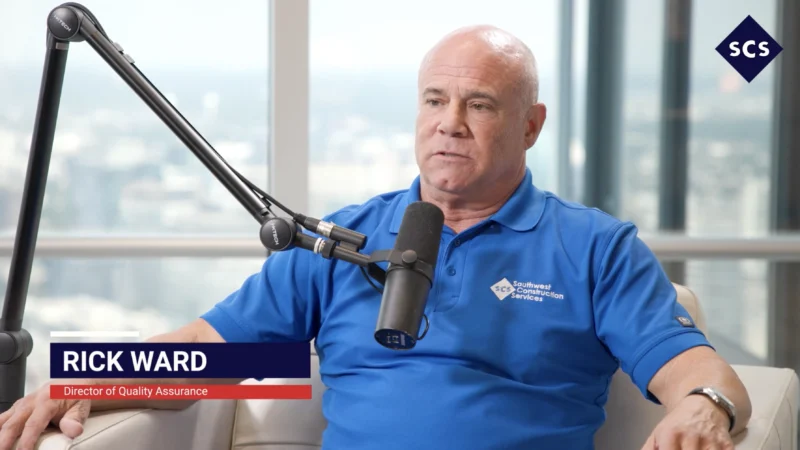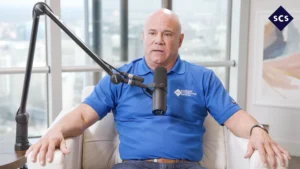Tile Makers Like Crossville Are Setting New Bars for Sustainability
Sustainability continues to drive the future of AEC as regulations push for more ecologically conscious business practices and more consumers demand eco-responsibility from manufacturers and builders. But manufacturers of building materials are taking the cue as they, too, look for more eco-friendly methods of processing natural materials.
In this episode of the AEC Podcast, host Daniel Litwin sat down with William Paddock, co-founder & managing director of WAP Sustainability Consulting to discuss ways he’s seen, specifically, the tile industry shift its approach to sustainability.
From mining at the quarry to milling on the factory floor to extrusion, shaping, and pattern printing, a tile goes through many heavy-duty processes. With each of these come a layer of waste and impact on the environment.
“But the unique part is that tile performs and holds up for a long period of time,” Paddock said. “And so over the course of a lifetime, certainly there’s an environmental impact to produce that tile, but the longer that tile stays in play, the less that environmental burden comes on a year to year basis.”
One U.S. tile company, in particular, has made progress in tile manufacturing sustainability. Tennessee-based Crossville is following high standards for responsible sourcing, conservation, and the use of recycled tile content in their production.
Crossville is also leading the charge in sustainability certifications, both in products and the entire manufacturing process as well. The company was recently named as First Third Party Verified Red List Free Declare Label for the Tile Industry and First Tile Product to Achieve the Living Product Challenge Petal Certification, an industry-leading feat.
“It’s a true, very difficult to achieve, multi-attribute certification that Crossville should be very proud of,” Paddock said. And with similarities in manufacturing processes across different companies in tile, Paddock believes the entire industry should take note and take advantage of a certification like the Living Product Challenge, because tile manufacturers “naturally fit.”
For the latest news, videos, and podcasts in the AEC Industry, be sure to subscribe to our industry publication.
Follow us on social media for the latest updates in B2B!
Twitter – @AECMKSL
Facebook – facebook.com/marketscale
LinkedIn – linkedin.com/company/marketscale








